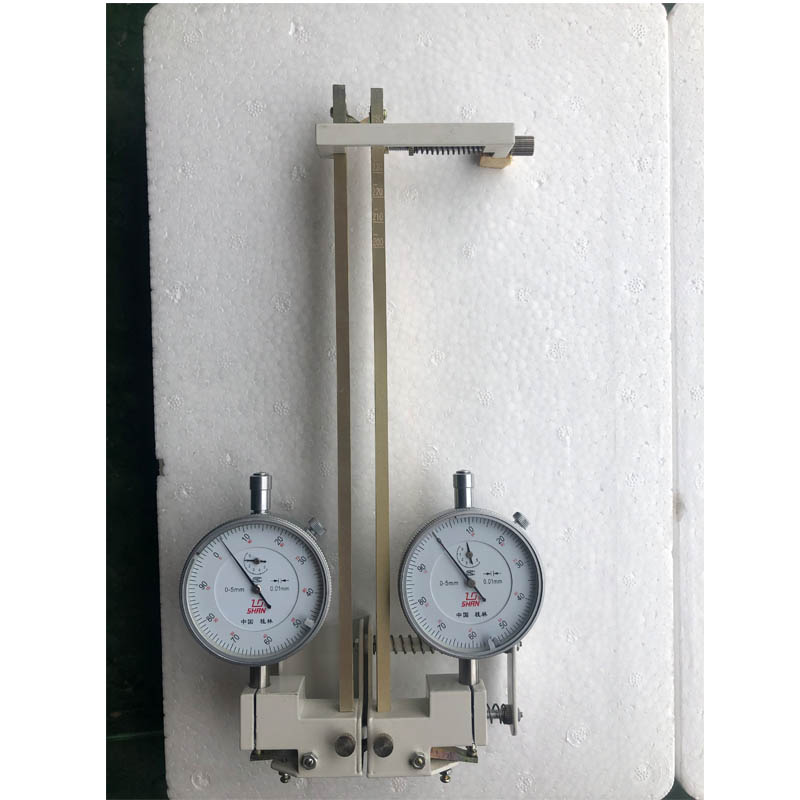aging test equipment
Understanding Aging Test Equipment A Key to Ensuring Product Longevity
Aging test equipment plays a crucial role in the development and evaluation of products, particularly in industries where reliability and durability are paramount. This specialized testing apparatus is designed to simulate the effects of time, environmental conditions, and operational stresses on various materials and components, thereby providing invaluable insights into their long-term performance. As global competition increases, the need for robust aging tests has become essential for manufacturers aiming to deliver high-quality products that stand the test of time.
The Importance of Aging Tests
Aging tests are vital for numerous reasons. Firstly, they help predict a product's lifespan by highlighting potential failure modes that might not be evident during standard testing. For instance, electronic devices need to withstand various conditions such as humidity, temperature fluctuations, and electrical surges. Aging test equipment can replicate these conditions, allowing engineers to identify weaknesses early in the design process. This proactive approach not only enhances product reliability but also reduces the costs associated with post-market failures.
Secondly, regulatory compliance is a significant concern in many sectors, including automotive, aerospace, medical devices, and consumer electronics. Aging tests ensure that products meet the stringent safety and performance standards set forth by regulatory bodies. For example, the automotive industry must adhere to regulations that mandate extensive testing for components like batteries and electronics. Using aging test equipment allows manufacturers to collect the necessary data to demonstrate compliance while ensuring consumer safety.
Types of Aging Tests
There are various types of aging tests tailored to different materials and product categories
. Some of the most common aging tests include1. Thermal Aging This involves exposing products to elevated temperatures for extended periods. The goal is to accelerate aging processes that would naturally occur over years of normal use. This test is particularly relevant for plastics, elastomers, and electronic components.
aging test equipment

2. Humidity Aging Humidity can significantly impact the performance and lifespan of various materials, especially in electronics. Humidity aging tests expose products to high levels of moisture, allowing manufacturers to assess how well their products withstand wet conditions.
3. Mechanical Stress Testing This type of aging test evaluates how materials react under mechanical loads over time. This is essential for products that experience repeated stresses, such as in automotive and construction applications.
4. UV Aging Products exposed to sunlight can degrade over time due to ultraviolet (UV) radiation. UV aging tests simulate sunlight exposure and help evaluate how materials, particularly plastics and coatings, resist fading and breakdown.
Investing in Aging Test Equipment
Investing in high-quality aging test equipment is crucial for manufacturers looking to stay ahead of the competition. The technology behind these devices is constantly evolving, incorporating advanced features such as digital controls, automated data collection, and integrations with software analytics tools. These improvements enable more accurate and efficient testing processes, ultimately leading to improved product quality.
Furthermore, utilizing aging test equipment not only facilitates research and development but also enhances customer confidence. By demonstrating a commitment to quality through rigorous testing, companies can bolster their reputation and customer loyalty. Users are increasingly seeking assurance that the products they purchase are built to last, making aging tests a strategic advantage.
Conclusion
In conclusion, aging test equipment is an indispensable asset for manufacturers committed to producing high-quality, reliable products. Through comprehensive and systematic aging tests, companies can predict product performance, ensure compliance with safety regulations, and ultimately enhance consumer trust. As industries continue to evolve, the role of aging test equipment will only become more critical in driving innovation and maintaining competitive advantage in the marketplace. Embracing these testing methodologies is not just a strategic choice; it’s a necessity for businesses aiming to thrive in an increasingly complex and demanding landscape.
-
reliable-performance-testing-with-advanced-aging-chamber-solutions
NewsAug.23,2025
-
advancing-precision-with-profile-projector-technology
NewsAug.23,2025
-
uv-led-ultraviolet-crosslinking-technology-innovation-and-prospects
NewsAug.23,2025
-
ensuring-safety-and-compliance
NewsAug.23,2025
-
electrical-properties-testing-in-modern-applications
NewsAug.23,2025
-
universal-tensile-testing-machine-applications-in-modern-electrical-and-material-testing
NewsAug.23,2025
 Copyright © 2025 Hebei Fangyuan Instrument & Equipment Co.,Ltd. All Rights Reserved. Sitemap | Privacy Policy
Copyright © 2025 Hebei Fangyuan Instrument & Equipment Co.,Ltd. All Rights Reserved. Sitemap | Privacy Policy

